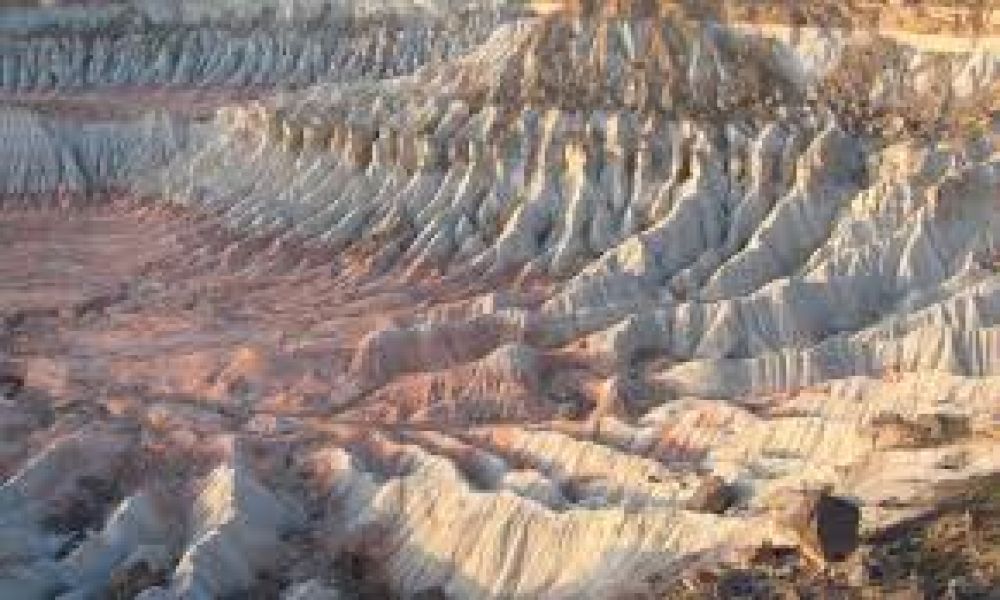

Yangykala Canyon, often referred to as the "Grand Canyon of Central Asia", is one of Turkmenistan's most breathtaking natural wonders. Despite its stunning beauty, the canyon remained largely unknown to the outside world until the late 20th century. The history of tourism in Yangykala Canyon is relatively young, with the area opening up to visitors after Turkmenistan gained independence following the dissolution of the Soviet Union in 1991.
The name 'Yangykala' is derived from Turkmen, meaning "fire fortresses", an apt description for the canyon's sheer cliffs and vibrant colors that range from crimson to coral hues. These geological formations, created by the natural erosion of the surrounding plateau, offer a visual intrigue that rivals that of more famous canyons around the world.
During the early days of its tourism journey, intrepid adventurers and geologists were among the first to explore Yangykala Canyon's stretches. The terrain, largely undeveloped for tourism, offered a raw and untamed adventure for those looking to venture off the beaten track. The uniqueness of the landscape began to draw a small but growing number of international tourists, thanks to the tales and photographs shared by these early visitors.
The Turkmenistan government, recognizing the potential of Yangykala Canyon, gradually started investing in tourism infrastructure. While still limited in scope, improvements such as better road access and guided tour offerings have made the canyon more accessible to a global audience. Despite these advancements, the region has remained pristine and relatively untouched, providing a rugged, authentic experience for visitors.
Today, Yangykala Canyon is witnessing a small but significant rise in its tourism profile. The latest trends include eco-tourism and adventure tourism, with travelers seeking out destinations that offer unspoiled natural beauty and outdoor activities. Yangykala Canyon caters well to this trend, offering opportunities such as:
Despite its potential, Yangykala Canyon faces challenges such as a lack of widespread international awareness and limited local resources for large-scale tourism development. Nevertheless, the government and local communities continue to work towards creating a sustainable tourism industry that respects the natural environment and cultural heritage of the area.
Moving forward, ecotourism and sustainable practices are expected to play a pivotal role in the development of tourism at Yangykala Canyon. This will ensure that its spectacular landscapes are preserved for future generations to appreciate, while still providing economic benefits to the local population.
In conclusion, Yangykala Canyon's history and future in tourism are marked by its extraordinary geology, the spirit of adventure, and the balance between exploration and preservation. It stands as an exquisite example of Turkmenistan's natural heritage and is steadily establishing itself as a must-visit destination for travelers seeking the road less traveled in Central Asia.